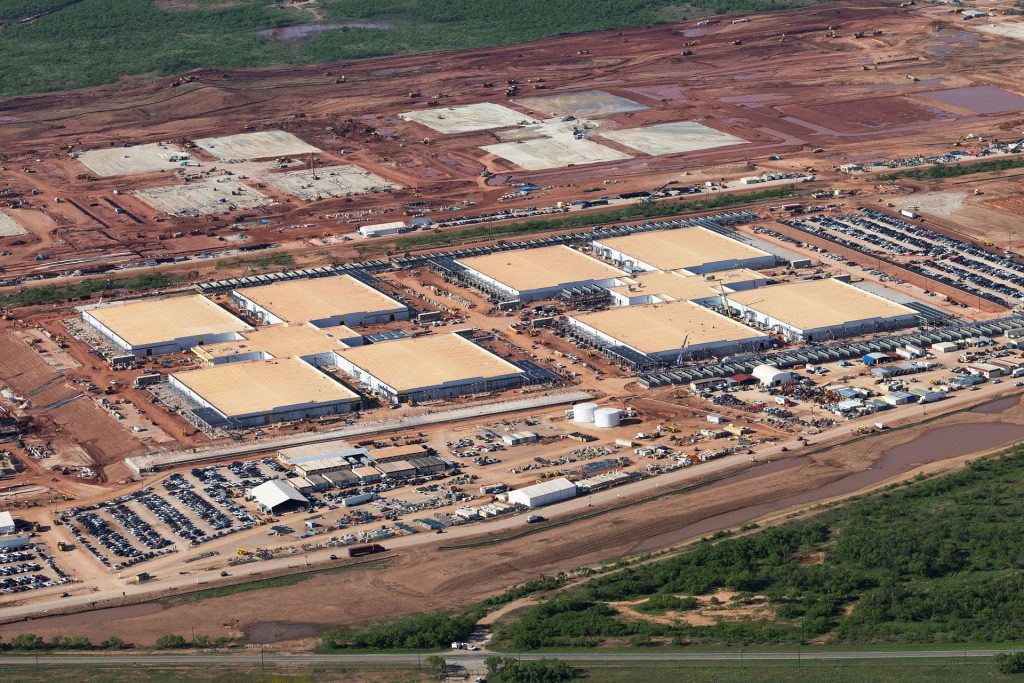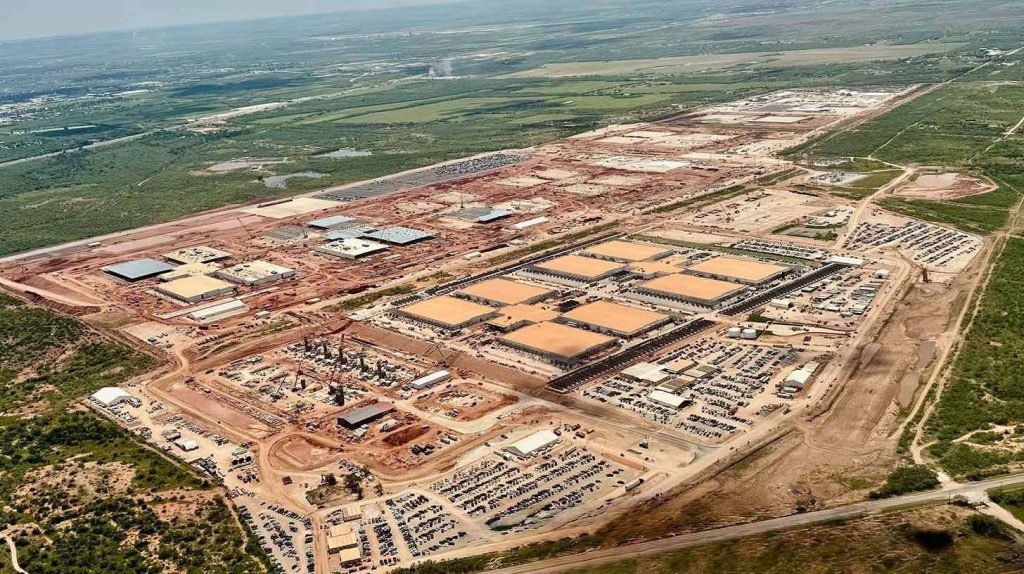Microsoft’s data center in central Mexico was supposed to be a beacon of innovation and progress. Instead, it’s become a cautionary tale. In Las Cenizas, power cuts began after the center went live. Water outages now stretch for weeks. A local doctor stitched up children by flashlight and lost a patient when the power failed. This isn’t just a glitch in the system—it’s a systemic failure.
And it’s not just Mexico.
Across 12+ countries, data centers are draining communities dry—literally. In Ireland, projections show that a third of the nation’s electricity may soon be devoured by data centers. In West Virginia, residents rallied against Google’s proposed facility, fearing massive water consumption and negligible local benefits. (WUSF Public Media)
In Franklin, Indiana, cheers erupted when Google pulled its rezoning request for 450 acres. These aren’t isolated protests—they’re a growing resistance.

⚡ Power-Hungry Giants
A single AI data center can consume as much electricity as 100,000 homes. The largest under development will use 20 times more. These facilities are not just energy-intensive—they’re energy gluttons. And while tech firms tout sustainability pledges, the reality is that communities are left with rolling blackouts, rising utility costs, and strained grids.
In Las Cenizas, families now buy water by the jug and lose food in blackouts. In Chile and Spain, protests rage against tech firms that hide behind shell companies and NDAs. Mexico’s own officials admit their infrastructure is “overdrawn,” yet more centers are coming. WUSF Public Media.
💧 Water Wars in the Age of AI
Cooling servers requires billions of gallons of water. In drought-prone regions, this is not just irresponsible—it’s catastrophic. Data centers compete with households, farms, and ecosystems for water. In some cases, they win. In others, they simply take.
The environmental cost is staggering. Wetlands are drained. Wildlife habitats are bulldozed. Land once used for agriculture or conservation is paved over for server farms the size of 17 football fields. While all of it is justified in the name of “progress.”
🧾 Tax Subsidies for Extraction
Many of these centers are built with generous tax incentives. Local governments, seduced by promises of jobs and innovation, offer millions in subsidies. But the jobs are few, the innovation is centralized, and the costs are externalized. Communities foot the bill—in silence.
A recent policy analysis warns that without targeted intervention, data centers will continue to exploit local resources while delivering minimal public benefit. The lack of transparency and accountability is not a bug—it’s a feature. techpolicy.press.
🌍 The Bigger Picture: Infrastructure as Extraction
AI isn’t abstract. It’s built on concrete and cables, powered by water and watts. It’s easy to be dazzled by its promise. Harder to admit who’s footing the bill.
Progress should lift everyone. If it doesn’t, maybe it’s not progress.

💸 Michigan’s Mirage: Tax Breaks, Rate Hikes, and Vanishing Promises
The Michigan Environmental Justice Coalition’s 2025 report lays bare the brutal math behind data center expansion: communities subsidize corporate infrastructure, absorb utility rate hikes, and watch public services erode—all while tech giants reap the rewards.
“I can’t think of a site selection or placement decision that was decided on a set of tax incentives,” said a Microsoft executive in 2024.
Translation? The tax breaks don’t even influence where these centers go. They’re just free money.
In Michigan, the Switch data center secured a 22-site, 200-megawatt utility deal while residents in Grand Rapids endured ten consecutive years of water rate hikes—averaging 3.4% annually, 49% higher than the state average. Meanwhile, schools in Caledonia and Kent saw their funding gutted as Switch sought exemptions from property taxes that fund education.
These centers don’t bring high-paying tech jobs. They bring short-term construction gigs and long-term janitorial contracts. In Quincy, Washington, multimillion-dollar data centers sit next to an underfunded fire department struggling to replace outdated equipment.
And the energy demands? They’re so massive that Michigan, Virginia, and Nebraska have delayed coal plant retirements just to keep the lights on. In Indiana, legislation now locks residents into subsidizing fossil fuel plants indefinitely—all to guarantee uptime for AI servers. stpp.fordschool.umich.edu.
This isn’t innovation. It’s extraction.

🔥 The Final Nut: Accountability or Autocracy?
Data centers are not neutral infrastructure. They are political actors, environmental disruptors, and economic siphons. If left unchecked, they will reshape our grids, our budgets, and our ecosystems to serve corporate interests—not public good.
Here’s how we fight back:
- 🧾 Demand Transparency: Push for mandatory reporting of energy and water usage. No more NDAs. No more shell companies.
- 🗳️ Pressure Legislators: Call out representatives who rubber-stamp tax breaks without oversight. Ask them: where’s the ROI?
- 🧠 Educate Locally: Host town halls. Share infographics. Make the invisible visible—especially the rate hikes and school cuts.
- 🛑 Block Reckless Expansion: Support zoning resistance. Back lawsuits. Celebrate wins like Franklin, Indiana, where Google backed down.
- 📢 Amplify Voices: Elevate stories from Las Cenizas, Grand Rapids, and Quincy. These aren’t isolated incidents—they’re a pattern.
Progress that poisons the well isn’t progress. It’s parasitism. And if we don’t hold the line, the infrastructure meant to serve us will consume us.
Let’s make sure the next data center proposal meets a wall of informed resistance—not a red carpet of subsidies.
Any questions or concerns comment below or Contact Us here.
- 🏗️ When Progress Becomes Parasitic: The Hidden Cost of Data Centers
- When the Cloud Crashes: The Fragility of Our Digital Backbone
- Meta’s AI Wants Your Memories, And Your Metadata
- 🍌 The Nano Banana Invasion: Google’s AI Goes Full Peel
- The Complexity Con: Have AI Stacks Become the New Gatekeepers of Progress?



Leave a Reply